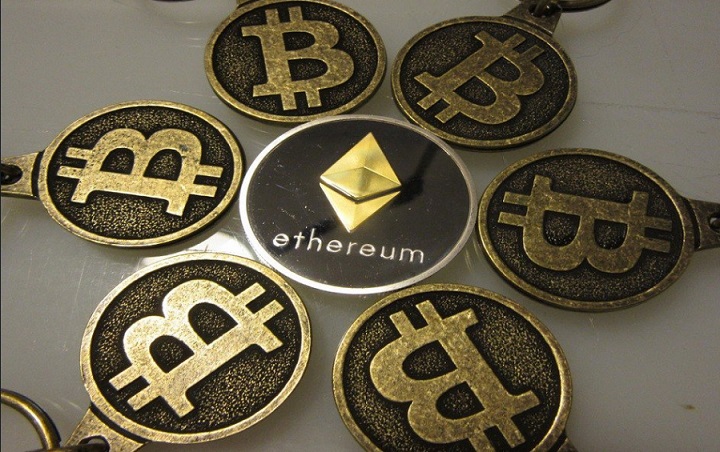Although Bitcoin has mainly dominated the cryptocurrency market for quite some time — it’s the first of its kind — its hold on the market is slipping. Ethereum, first established in 2015, is now taking over.
The attention now shining on Ethereum is due to several different reasons. One of these reasons is the fact that — despite its current high valuation — Bitcoin has not taken the steps needed to improve its technology in the past three years. An example of the extent of Bitcoin’s avoidance to change was how the network stood at a standstill when two largely opposing views emerged on how Bitcoin should improve its network to handle more transactions emerged. While Bitcoin struggled with making a decision, Ethereum took the opportunity to come out with updated technology that does everything Bitcoin can do — and more — at a faster rate, in higher volume, and at a lower cost.
As Bitcoin struggles internally — leading many to believe two separate currencies may be on the horizon for this cryptocurrency network — more and more concerned Bitcoin holders are dropping the currency and acquiring Ether, the coin that powers Ethereum’s network.
Besides the indecision that plagues Bitcoin, another big reason for the market’s sudden shift towards Ethereum is the fact that the only actual use of Bitcoin is a store of value. However, Bitcoin’s use for transacting value is also quite limited — not only is it slow (Bitcoin transactions can take a few minutes to several hours depending on the network), it is also quite expensive to transfer value. On average, a transaction costs around $1.50.
While Ethereum was never meant to be Bitcoin’s competitor, its tech is a lot more advanced than Bitcoin’s. Ethereum was developed to be a platform for new decentralized applications, or dApps, that operate on a peer-to-peer network of computers. The goal of these dApps was to slowly eliminate the — mainly financial — relationships and transactions traditionally required within banks, public registries, and the legal system. All who wish to use dApps on the public Ethereum blockchain will need to pay a small fee each time.
Ethereum is essentially operating on networks built upon other networks — also known as a group-forming network. This kind of network is faster in growth and is more resilient than the one Bitcoin built on. Even if individual groups’ usage is low, the group-forming network effect of being part of the same base network can help with the overall system. This means that the network as a whole is greater than the sum of its parts.
Although platforms that use network effects are difficult to develop, Ethereum curbs this by allowing its projects to sell their own token to the public. This is otherwise known as Token sales, or Initial Coin Offerings (ICOs). Each token corresponds to a specific dApp and the purpose and value of the tokens vary. The sale of these tokens all help in funding the dApp’s development and creates a community around the dApp. The more successful a dApp, the higher demand, and value are for the token that corresponds with that dApp.
For tech enthusiasts especially, the development of Ethereum is extremely exciting. Hundreds of projects and companies — including big names in the industry like Intel (NASDAQ:$INTC), Microsoft (NASDAQ:$MSFT), and Samsung (KRX:$005930) — have all started building software using Ethereum. As such, now may be a good time for investors to learn more about and look into Ethereum and Ether if Bitcoin is troubling you.
Featured Image: Twitter










